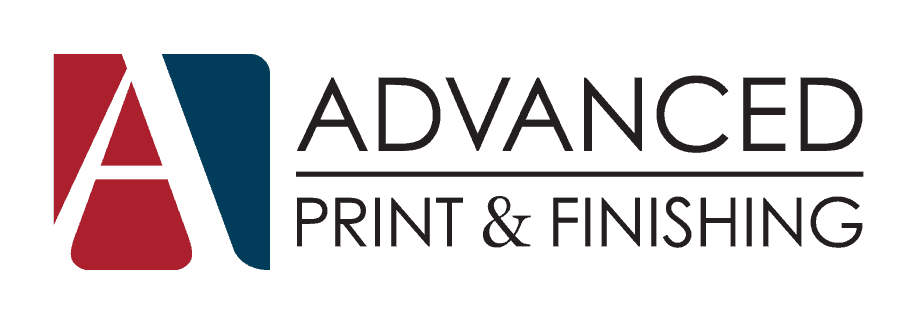Among the many ways to bind sheets of paper together, two of the most popular are coil and comb binding. To make things confusing there are coil and comb options for both metal and plastic materials. Of those options, the two that have risen to the top for professional purposes are Plastic Coil and Wire-O (metal comb). Although these methods are similar there are a couple of distinctions that can help you decide which method will be best for your project. Durability vs. Appeal Generally speaking, Wire-O is considered to be a better looking product and Plastic Coil is considered more durable. Both are very durable and will almost certainly keep those pages together. However, if really smashed the plastic option will spring back to its original shape where the metal coil may remain deformed. Because of this durability, Plastic Coil binding is often employed on volumes that will see …
What is… Rich Black?
The color black – simple. Right? In the world of print the color black is anything but simple. There are points that should be understood when putting black ink on paper. Read on to find out more about the whys and hows of black ink. Process Color / CMYK The problem of black ink is rooted in color theory. That’s boring though so let’s skip ahead. The colors of Cyan, Magenta and Yellow when combined should arrive at the color black. In the real world though they add up to a muddy brown. And even if 100% CMY equalled black we would be stuck with 300% total ink density and the resulting drying issues. So CMY loads up the ink while not making black. Thanks CMY. Then how can we cut total ink density and arrive at a true black? You guessed it – use black ink (the ‘K’ in …
